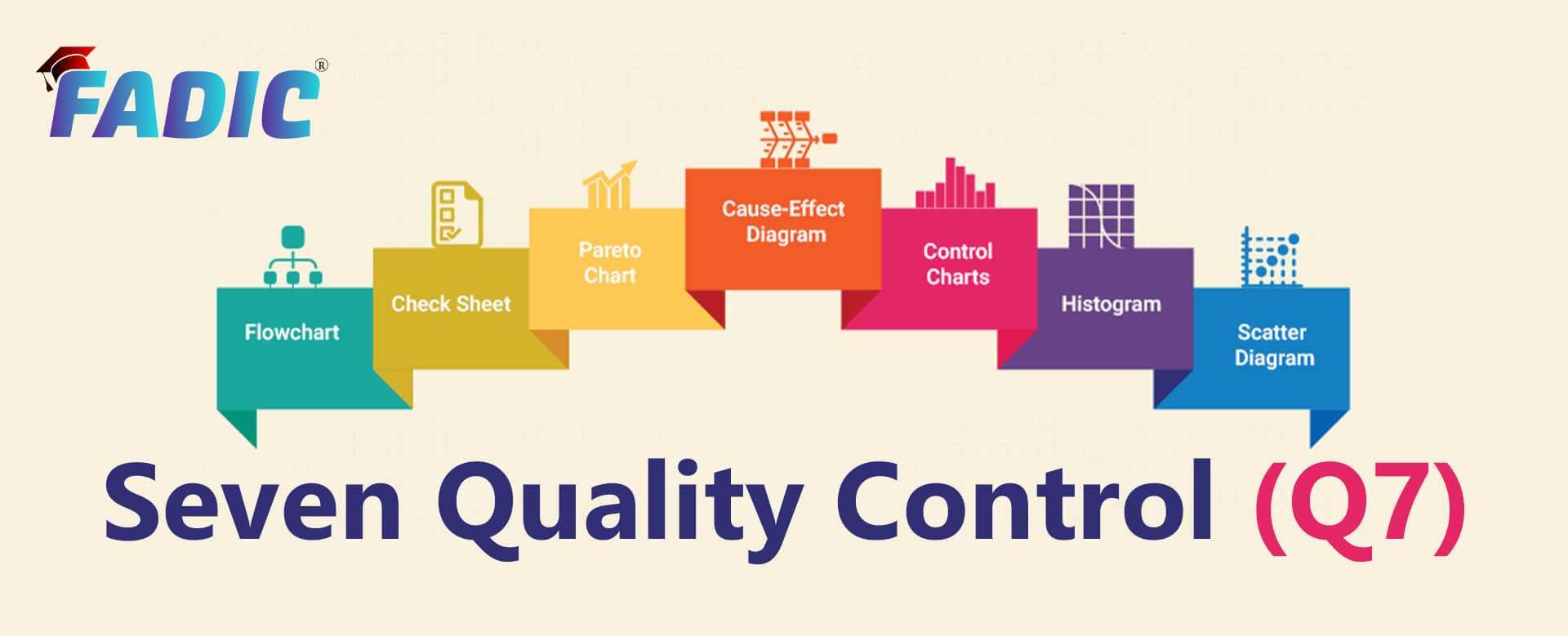HD Point Movie: An In-Depth Examination Of Quality And Impact
**Let’s face it, folks. The world of movies has evolved in ways we couldn’t have imagined just a decade ago. With the rise of digital technology, the term "HD point movie" isn’t just a buzzword anymore—it’s a game-changer. Whether you’re a movie buff or someone who enjoys watching films on a lazy Sunday, understanding what makes an HD point movie stand out is crucial. So, buckle up, because we’re diving deep into the realm of high-definition cinema and exploring why it matters.**
From the moment you hit play on your favorite streaming platform, the quality of the movie you’re watching can make or break the experience. Picture this: you’re settling in for a blockbuster film, but the visuals are blurry, the colors are washed out, and the audio feels like it’s coming from a tin can. Yeah, not ideal. That’s where HD point movies come in. They’re like the superheroes of the film industry, delivering sharp visuals, vibrant colors, and crystal-clear sound that make every scene feel like a masterpiece.
But here’s the thing—HD point movies aren’t just about aesthetics. They’re about impact. They influence how we perceive storytelling, how directors craft their visions, and how audiences connect with the characters on screen. In this article, we’ll break down everything you need to know about HD point movies, from their technical aspects to their cultural significance. So, grab your popcorn, and let’s get started!
Read also:The Ultimate Guide To Libra And Pisces Compatibility In Love Friendship And More
Table of Contents:
- What is an HD Point Movie?
- History of HD Point Movies
- Technical Aspects of HD Point Movies
- Impact on Viewers
- HD vs SD: The Big Debate
- Streaming Platforms and HD Point Movies
- The Filmmaking Process: Embracing HD
- Future Trends in HD Point Movies
- Cultural Impact of HD Point Movies
- Conclusion
What is an HD Point Movie?
Alright, let’s start with the basics. An HD point movie refers to films that are produced, distributed, or streamed in high definition. But what exactly does "high definition" mean? Simply put, it’s all about resolution. HD movies typically have a resolution of 1080p or higher, which translates to sharper images, better color reproduction, and a more immersive experience for the viewer. And trust me, once you’ve watched a movie in HD, going back to standard definition feels like watching a black-and-white TV in the age of color.
But here’s the kicker—an HD point movie isn’t just about resolution. It’s about the entire package. From the way the scenes are shot to the post-production process, every element is optimized for maximum clarity and impact. Think of it like this: if standard definition is a blurry photograph, HD is a high-resolution masterpiece that makes you feel like you’re right there in the scene.
Why HD Point Movies Matter
Let’s break it down even further. HD point movies matter because they elevate the entire cinematic experience. They allow filmmakers to push the boundaries of creativity, directors to showcase their vision in stunning detail, and audiences to enjoy films the way they were meant to be seen. In today’s world, where streaming services dominate the market, HD quality has become the benchmark for what viewers expect. And let’s be honest—who doesn’t want to watch their favorite movie in crystal-clear HD?
History of HD Point Movies
Now, let’s take a trip down memory lane. The journey of HD point movies didn’t happen overnight. It started with the development of high-definition television in the late 1990s and early 2000s. Back then, HD was a luxury reserved for early adopters and tech enthusiasts. But as technology advanced and prices dropped, HD became more accessible to the masses.
By the mid-2000s, filmmakers began experimenting with HD cameras, and studios started releasing films in high definition. Fast forward to today, and HD point movies are the norm. Streaming platforms like Netflix, Amazon Prime, and Disney+ have made it easier than ever for viewers to access HD content from the comfort of their homes.
Read also:Joyful News Neil Young And Daryl Hannah Welcome A Baby Girl
Key Milestones in HD Point Movie History
- 1998: The first HD television sets hit the market.
- 2005: The release of the first HD camcorders for consumer use.
- 2010: Streaming services begin offering HD content.
- 2020: 4K and 8K resolutions become the new standard for HD point movies.
Technical Aspects of HD Point Movies
Okay, let’s get technical for a moment. What makes an HD point movie so special? It all comes down to the technology behind it. HD movies are characterized by their high resolution, which is measured in pixels. The higher the resolution, the sharper the image. For example, a 1080p HD movie has a resolution of 1920x1080 pixels, while a 4K movie has a resolution of 3840x2160 pixels. That’s a lot of pixels, folks!
But resolution isn’t the only factor. Color accuracy, frame rate, and bit depth also play a crucial role in determining the quality of an HD point movie. These elements work together to create a viewing experience that’s as close to real life as possible.
Breaking Down the Tech
- Resolution: The number of pixels in an image.
- Color Accuracy: How true-to-life the colors appear on screen.
- Frame Rate: The number of frames displayed per second.
- Bit Depth: The range of colors that can be displayed.
Impact on Viewers
Now that we’ve covered the technical side, let’s talk about the impact. HD point movies have revolutionized the way we watch films. They’ve made it possible for viewers to experience movies in a way that’s more engaging and immersive than ever before. Whether you’re watching a heart-pounding action sequence or an emotional drama, HD quality ensures that every detail is captured perfectly.
But it’s not just about the visuals. HD point movies also deliver superior audio quality, which enhances the overall experience. Imagine watching a movie with surround sound that makes you feel like you’re right in the middle of the action. That’s the power of HD.
How HD Point Movies Affect Engagement
Studies have shown that viewers are more likely to engage with content that’s presented in high definition. Why? Because it’s easier to connect with the story when the visuals and audio are of high quality. In fact, a survey conducted by a leading streaming platform found that 78% of users prefer watching movies in HD over standard definition.
HD vs SD: The Big Debate
Let’s address the elephant in the room. Is HD really better than SD? The short answer is yes, but let’s dive deeper. Standard definition movies have a resolution of 480p or 720p, which is significantly lower than HD. This means that the images are less sharp, the colors are less vibrant, and the overall experience is less immersive.
But here’s the thing—not everyone has access to HD technology. In some parts of the world, standard definition is still the norm due to limitations in infrastructure and technology. However, as technology continues to advance, the gap between HD and SD is closing, and more people are gaining access to high-definition content.
Why HD Wins the Debate
- Sharper visuals
- Better color reproduction
- Improved audio quality
- More immersive experience
Streaming Platforms and HD Point Movies
Streaming platforms have played a pivotal role in the rise of HD point movies. Services like Netflix, Amazon Prime, and Disney+ have made it easier than ever for viewers to access high-definition content. These platforms invest heavily in producing and acquiring HD content, ensuring that their subscribers get the best possible experience.
But it’s not just about the content. Streaming platforms also focus on delivering HD quality consistently, regardless of the device you’re using. Whether you’re watching on a TV, laptop, tablet, or smartphone, the quality remains the same. That’s a testament to the advancements in streaming technology.
Top Streaming Platforms for HD Point Movies
- Netflix
- Amazon Prime Video
- Disney+
- Hulu
- HBO Max
The Filmmaking Process: Embracing HD
Now, let’s shift our focus to the filmmakers. How does the rise of HD point movies impact the filmmaking process? For starters, it means that filmmakers have to be more meticulous in their approach. Every scene has to be shot with precision, every detail has to be perfect, and every edit has to be flawless. This is because HD technology allows viewers to see every little imperfection on screen.
But that’s not necessarily a bad thing. HD point movies give filmmakers the freedom to experiment with new techniques and push the boundaries of creativity. They can use HD technology to create stunning visual effects, capture breathtaking landscapes, and bring their visions to life in ways that weren’t possible before.
Challenges and Opportunities
Of course, there are challenges. Shooting in HD requires more advanced equipment, which can be expensive. It also demands a higher level of skill from the filmmakers, who need to understand the nuances of high-definition technology. However, the opportunities far outweigh the challenges. With HD point movies, filmmakers have the chance to create content that resonates with audiences on a deeper level.
Future Trends in HD Point Movies
So, where is the future of HD point movies headed? The answer lies in emerging technologies like 4K, 8K, and even beyond. As technology continues to evolve, so will the quality of HD movies. We’re already seeing the rise of virtual reality and augmented reality, which promise to take the cinematic experience to the next level.
Another trend to watch is the increasing focus on sustainability in filmmaking. Studios are exploring ways to produce HD point movies with a smaller carbon footprint, using eco-friendly technologies and practices. This is not only good for the environment but also for the industry as a whole.
What to Expect in the Future
- Higher resolutions (4K, 8K, and beyond)
- Virtual and augmented reality experiences
- Sustainable filmmaking practices
Cultural Impact of HD Point Movies
Finally, let’s talk about the cultural impact. HD point movies have become a reflection of our society, influencing the way we perceive the world around us. They’ve given rise to new genres, new storytelling techniques, and new ways of engaging with audiences. From blockbuster hits to indie films, HD technology has democratized the film industry, giving more voices a chance to be heard.
But it’s not just about the movies themselves. The rise of HD point movies has also led to the growth of film festivals, streaming platforms, and online communities dedicated to celebrating high-quality cinema. This has created a global culture of film appreciation that transcends borders and brings people together.
The Power of HD Point Movies
In a world where attention spans are shorter than ever, HD point movies have the power to capture our attention and hold it. They remind us of the magic of cinema and the importance of storytelling. They inspire us to dream bigger, think deeper, and appreciate the beauty of the world around us.
Conclusion
So, there you have it—an in-depth examination of HD point movies and their impact on the film industry. From their technical aspects to their cultural significance, HD point movies have changed the game in ways we couldn’t have imagined. They’ve made it possible for filmmakers to push the boundaries of creativity, for audiences to experience movies like never before, and for the industry to evolve in exciting new directions.
As we look to the future, one thing is clear: HD point movies are here to stay. Whether you’re a filmmaker, a viewer, or just someone who loves movies,


